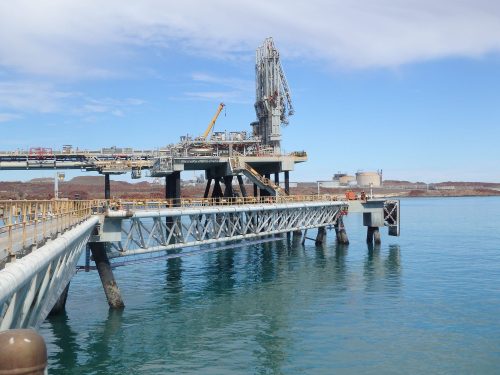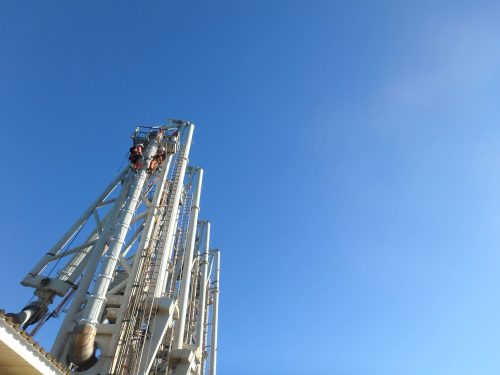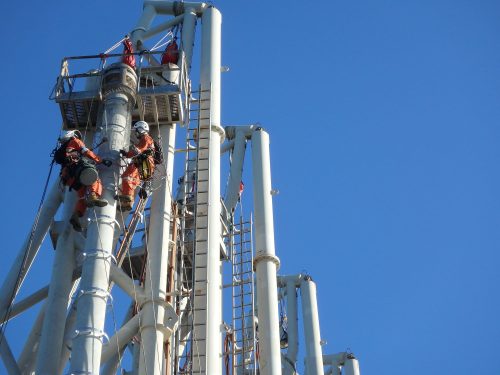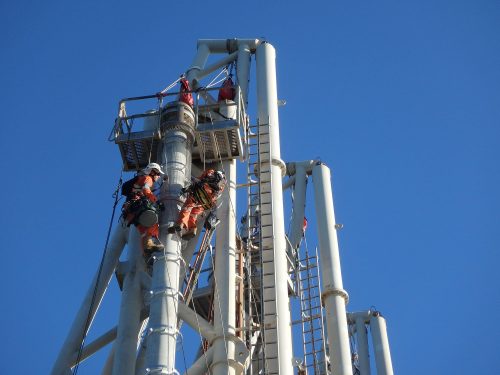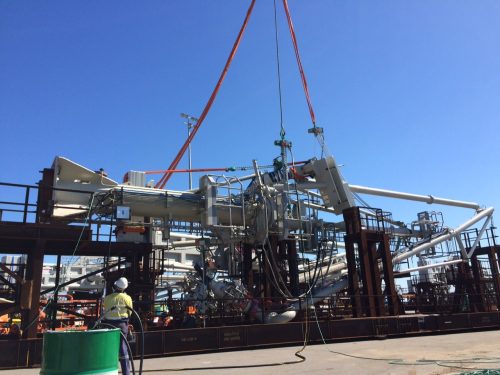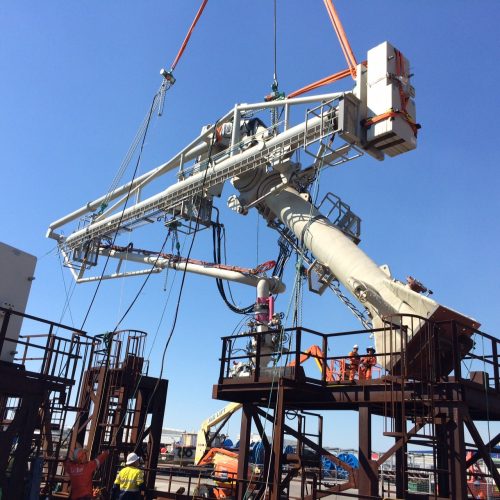Vertech deploys multi-disciplinary IRATA personnel to conduct inspections or routine MLA maintenance for assets such as the Karratha Gas Plant (KGP), Pluto LNG, and Inpex LNG facility.
Marine Loading Arm (MLA) Maintenance & Replacement
Our teams have also completed all MLA replacements for the Gorgon LNG and other assets.
What are Marine Loading Arms?
Marine loading arms are specialised mechanical devices that transfer liquefied natural gas (LNG) between a storage facility and a tanker or vessel. They are typically located at the end of a jetty or pier and are used to safely and efficiently transfer LNG from onshore storage tanks to the tanker and vice versa.
Marine loading arms consist of several components, including a base swivel, a pipe, and a loading arm. The base swivel connects the arm to the jetty, allowing it to rotate in any direction. The pipe, usually made of stainless steel, connects the arm to the storage tank or the ship. The loading arm is the most critical component responsible for loading and unloading the LNG.
Components of Marine Loading Arms
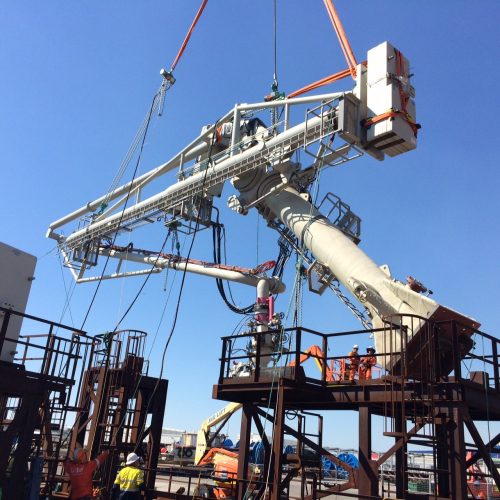
The loading arm comprises a flexible hose, a swivel joint, and a rigid arm. The flexible hose compensates for movement between the storage tank and the ship. The swivel joint allows the arm to rotate and move with the vessel during loading and unloading. The rigid arm supports the flexible hose and the swivel joint.
Marine loading arms withstand extreme weather conditions, high pressures, and the corrosive nature of LNG. They are equipped with safety features, such as emergency release systems, allowing quick and safe arm detachment in an emergency.
Use of Marine Loading Arms
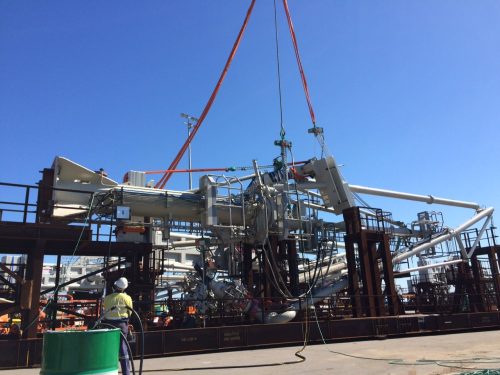
Marine loading arms are critical components of LNG facilities and essential for the safe and efficient transfer of LNG between storage tanks and tankers.
Proper inspection and maintenance of marine loading arms can help prevent accidents, reduce downtime, and increase the equipment’s lifespan. For complex repairs or issues, it is recommended that you follow the manufacturer’s inspection and maintenance guidelines and consult with experienced professionals.
- Visual inspection involves thoroughly inspecting the loading arm to identify any signs of wear, tear, or damage to the components.
- Ultrasonic testing (UT): This non-destructive testing (NDT) technique can detect cracks, corrosion or other defects in the loading arm.
- Lubrication: Regular lubrication of the loading arm's moving parts is essential to prevent wear and tear and ensure smooth operation.
- Pressure testing: This involves testing the loading arm for leaks or other issues under pressure to ensure it is properly working.
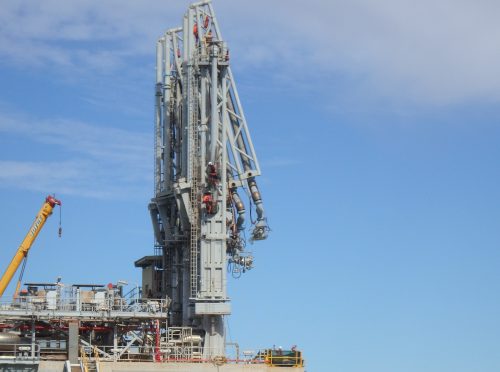
- Load testing: Load testing ensures that the arm can safely handle the maximum load it is rated for.
- Emergency release system testing: The system is tested periodically to ensure it functions correctly and can safely detach the arm in an emergency.
- Maintenance record-keeping: It is essential to record all maintenance and inspection activities performed on the loading arm for future reference and to track its history.
Speak to Vertech Group about Your Next Project
"*" indicates required fields
